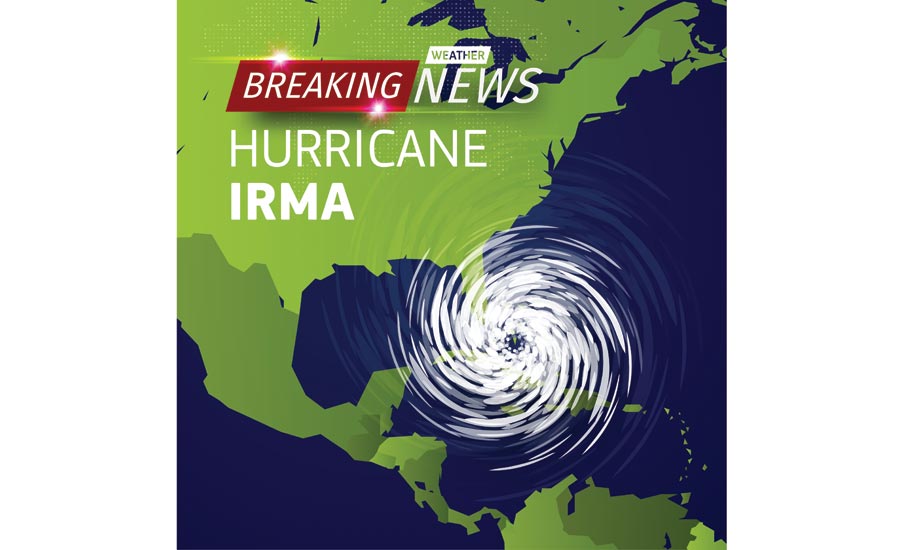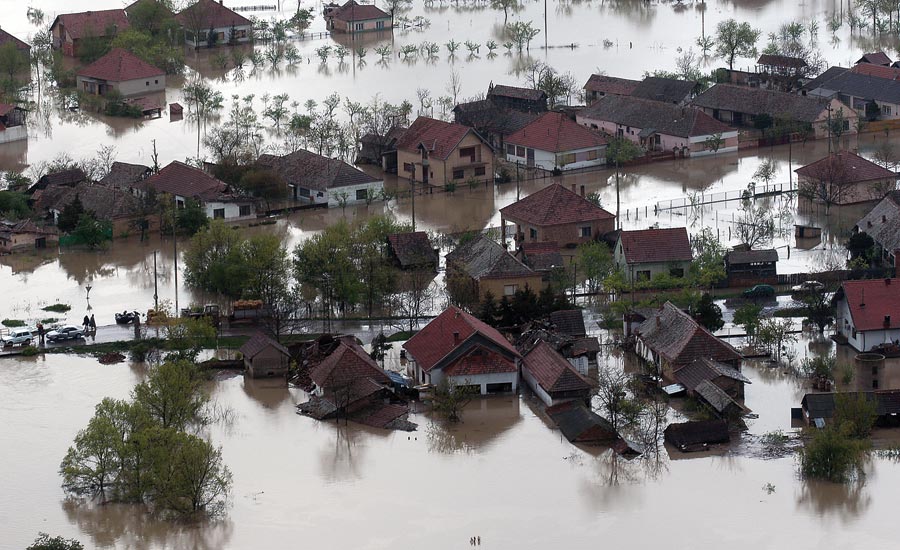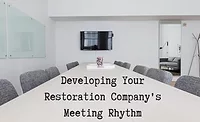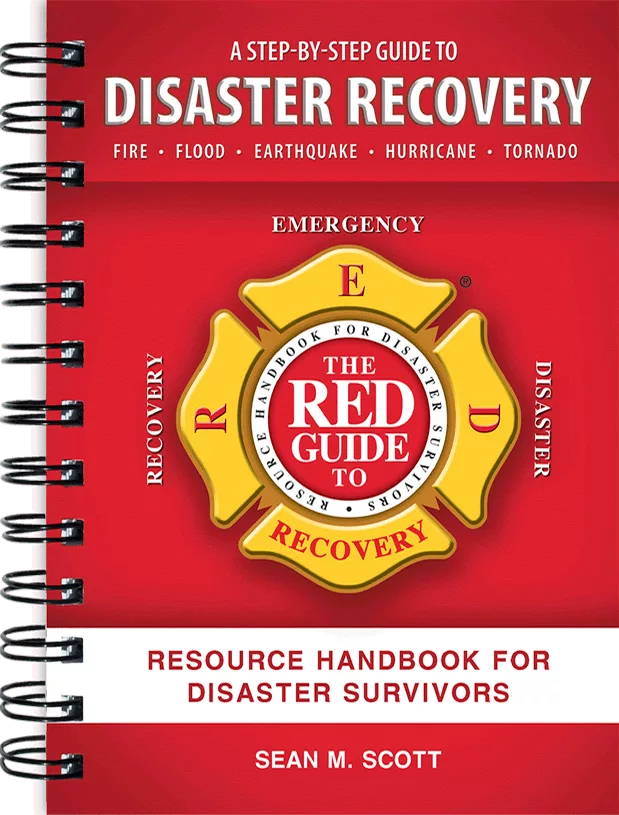Prepping for Disaster: Is Florida Ground Zero?
The canary in the coal mine.

You may have wondered where the phrase “a canary in a coal mine” originates. Wiktionary dictionary defines it as “something whose sensitivity to adverse conditions makes it a useful early indicator of such conditions; something which warns of the coming of great danger or trouble by a deterioration in its health or welfare.” The metaphor originates from the times when coal miners carried caged canaries while at work; if there were any methane or carbon monoxide in the mine, the canary would die before the levels of the gas reach the point of being hazardous to humans.
If you live in Florida you have probably experienced the effects of the devastation and property damage directly caused by Hurricane Irma that slammed into our state on Sept. 10, 2017. Having a broad view of today’s landscape for restoration and reconstruction companies, I believe the future is bright if restorers make the right strategic moves to navigate the turbulent water of the P&C insurance industry.

It appears there are stories practically on daily basis of how insurance companies are taking advantage of policyholders by delaying or denying their claims. And, on the other side, hardly a week goes by without breaking news reports on how those bad contractors are gouging homeowners. Or, lest we not forget the drum beat in the media, that cunning AOB contractors have caused Florida insurance rates to skyrocket. Today, most of the media’s many articles have an agenda and the reader needs to do some research before taking the information as “the truth”.
When you take a “deep dive” into the property damage caused by Hurricane Irma, and the hurricanes of 2004 and 2005 in Florida, I believe most stakeholders will surface with a unique perspective on the impact those events are having on the P&C insurance market and the mitigation and reconstruction industry. It is my belief that the State of Florida is a harbinger of what is going to come for other states, sooner than later. I will provide you with a few strategies that need immediate integration and implementation in your business model.

Florida’s insured losses from Hurricane Irma stood at $7,952,726,662 as reported by the Florida Office of Insurance Regulation as of Feb. 9, 2018. More than 900,228 residential and commercial property had reported claims and close to 90 percent of the statewide claims had been closed, but four in 10 had not been paid.
Lynne McChristian, Florida’s spokeswoman with the Insurance Information Institute has reported that “a primary reason for claims being closed without payment is that the damage was less than the hurricane deductible. Another common factor for a claim to be closed without payment is that the damage was not covered. An example would be if a tree fell in the yard but did not damage insured property.”
Insurance companies are frantically developing innovative and disruptive business models to cope with the massive volume of claims that have occurred in Florida resulting from Hurricane Irma and previous hurricanes. Additionally, they are very competitive in wanting to gain market share by using creative marketing strategies, focusing on controlling loss exposure, and keeping a sharp eye on settlement costs.
Managed Repair
To push back on rising claims costs several insurers have adopted a “managed repair network” business model. Customers who agree to allow insurers to oversee emergency repairs and select contractors to perform permanent fixes are rewarded with incentives such as higher coverage limits, lower deductibles, and discounts on their premiums.
People’s Trust operates the most hands-on version of the model referred to as managed repair. It formed an affiliated contracting company, Rapid Response Team, with warehouses full of building materials and response teams throughout the state to respond to their policyholders’ needs.

Heritage Insurance Holdings, Inc. acquired BRC Restoration Specialists, Inc., a leading Florida based provider of restoration services and emergency and recovery assistance to vertically integrate repair service expertise to include additional water mitigation professionals and a complete line of restoration services.
Security First Insurance Company has adopted an “Uber” model and has rolled out their new program “JobSight.” This is technology designed to streamline the property insurance claim process allowing contractors and emergency mitigation providers to enroll and potentially become a part of a preferred provider network. The company states “this application streamlines communications between contractors, examiners, and adjusters to save time for busy contractors, provide a clearer and real-time picture of the claim process. JobSight is not a third-party intermediary and the participating contractors will be working directly with the claims team on the assignments they accept.”
To get a bird’s eye view of how these three companies impact our industry, let’s look at the numbers. The market share of these Florida companies is approximately 11% of policies in force, with Security First 5%, Heritage 4%, and Peoples Trust 2%. What this means is that restorers outside of these programs will have fewer jobs available and pressure for price concessions and oversight from the company’s claims representatives and “Peer Reviews” after the mitigation has been or completed.
What does this mean financially to restorers in Florida? To figure this out, we will need to take out current reported data and do some creative extrapolation, which is an estimation of a value based on extending a known sequence of values or facts beyond the area that is certain. So, follow my logic here and see my thoughts on the three insurance companies in this example:
- $8 billion estimated insured losses through February 9th
- 11% market share for these three insurance companies
- $880,000,000 possible estimated losses for the three companies
- 35% estimate of jobs completed by their managed repair programs
- $572,000,000 estimated amount available to the market place
Keep in mind that these numbers are extrapolated from available data and are my interpretations at the time of this article. Loss estimates from Hurricane Irma have ranged between $25 billion to $65 billion by catastrophe modelers. What I do know is that during the aftermath of hurricanes, the demand for disaster service exceeds the available resources to fulfill the needs of the policyholders. That means that we are probably looking at an upward trajectory of work for Florida contractors over the next few years.

Those companies that are not in Florida should keep a watchful eye on Florida because it is truly “The Canary in the Coal Mine.”
Survival Strategies
Now that I have laid out a few recent innovative initiatives being implemented by insurance companies in Florida to control the increasing costs of hurricanes, I will give you strategies that restorers need to implement immediately to survive and thrive.
- Master your pricing structure. Conduct a thorough review of your line item pricing and make sure you are charging for all the labor, materials, and equipment you use and that your company is adequately recovering your overhead and profit. Know what is included in each line item you use. Give feedback frequently to Xactimate® on current labor and materials costs in your area.
- Recruit, train, retain, and compensate highly productive employees. Make it your priority one to always be looking for talent and then have an effective on-boarding process.
- Integrate and implement effective systems and processes that eliminate waste and increase profit. Companies that are lean are rewarded in the market place.
- Focus first on profit and direct your money where it goes.
- Become a marketing and sales machine that happens to be in the disaster restoration industry.
Recognize that insurance companies will continue to focus on profit and will develop innovative and disruptive business models to sustain their growth. TPAs and managed repair programs will continue to be a force in the industry to help insurance companies provide service for their customers, manage costs, control the claim, and reduce expenses. You need to keep a keen eye on insurance companies’ strategies and innovate your company to prosper. Those companies that are not in Florida should keep a watchful eye on Florida because it is truly “The Canary in the Coal Mine.”
I welcome your comments and questions.
Looking for a reprint of this article?
From high-res PDFs to custom plaques, order your copy today!





